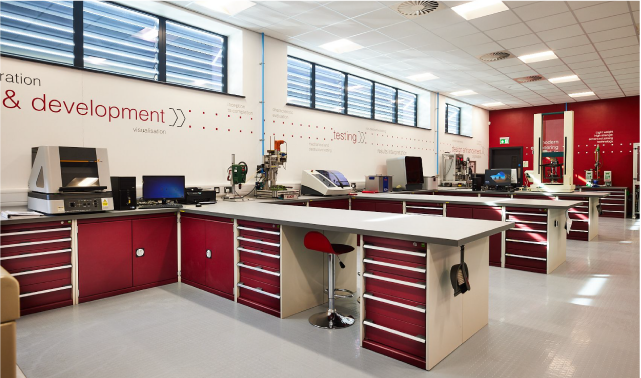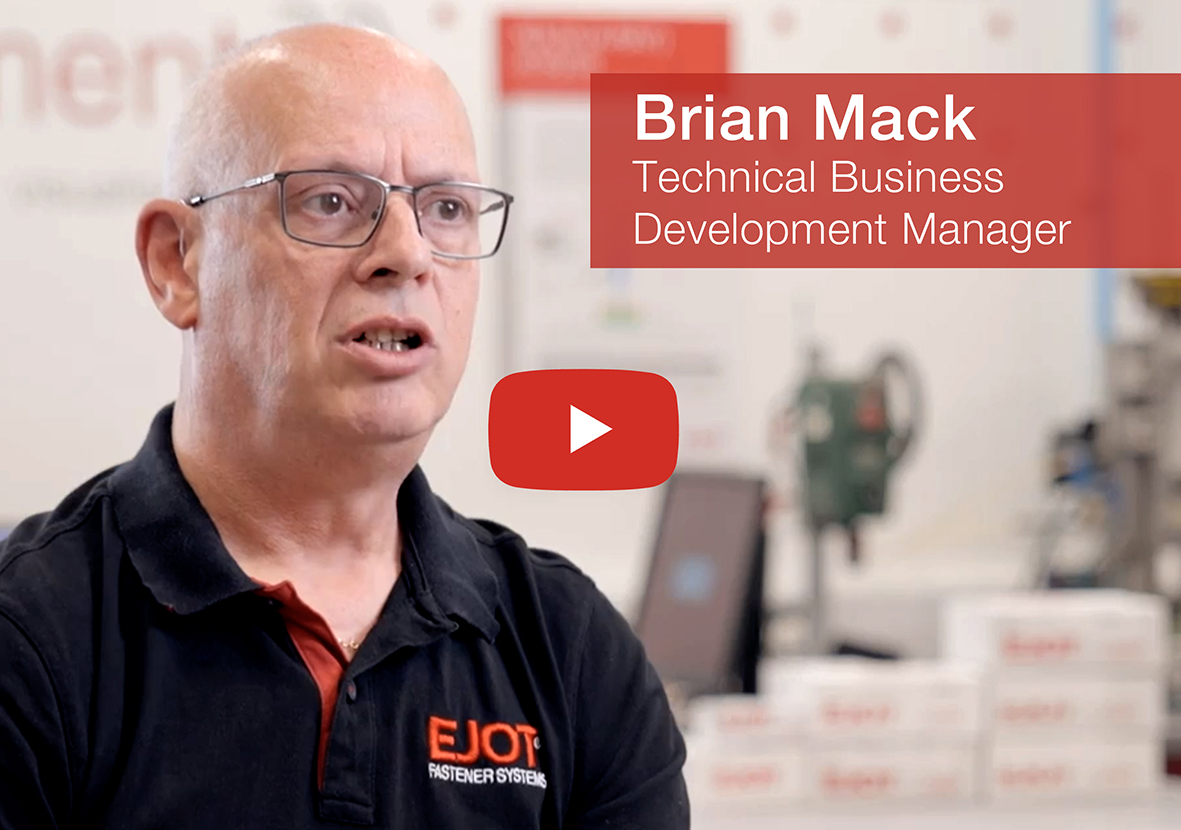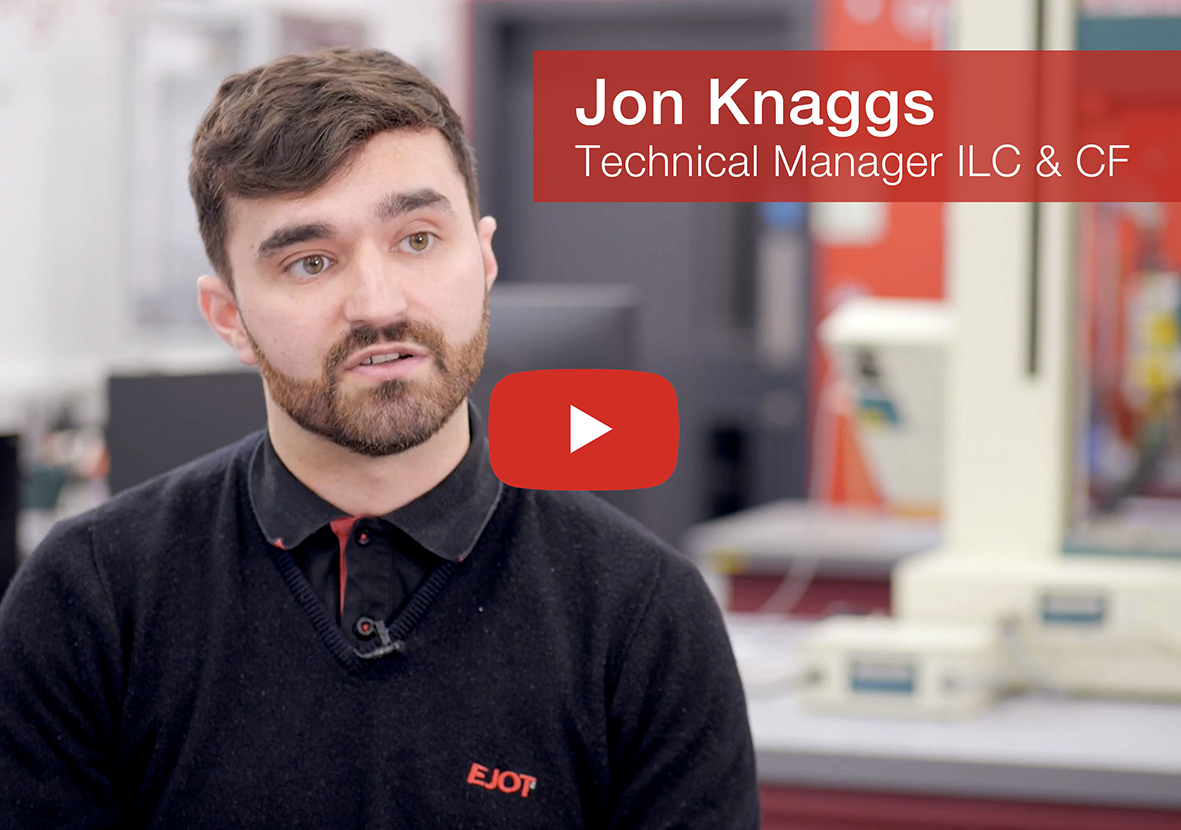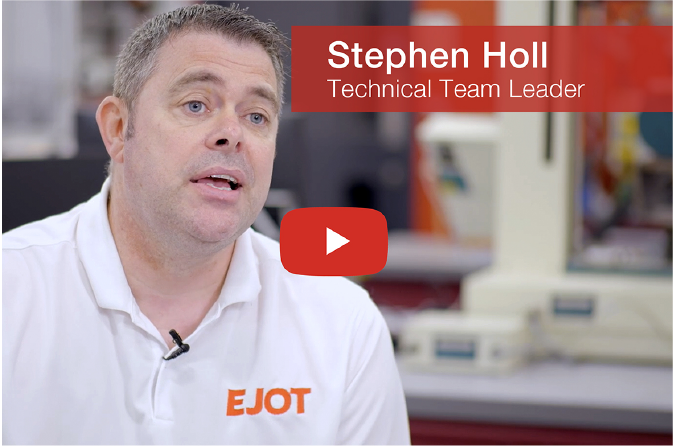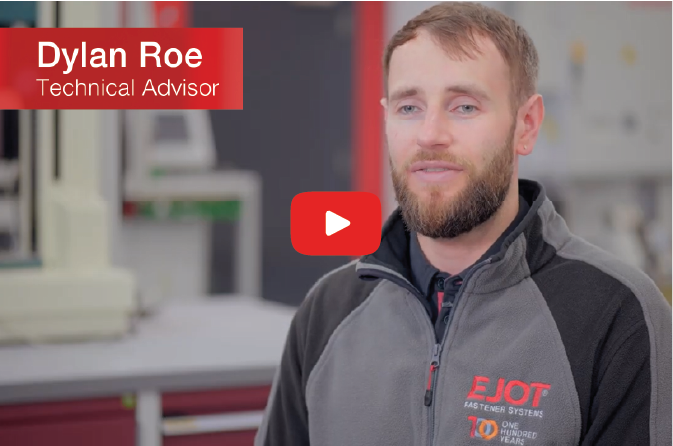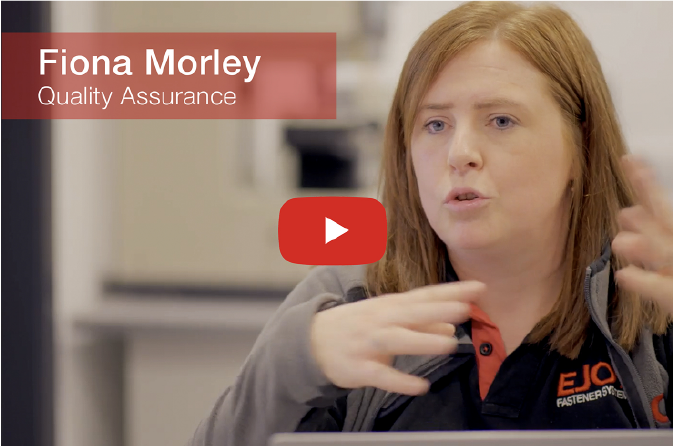Shaping Future Fastening Solutions
By maintaining a continuous research and development (R&D) programme which utilises rapid prototyping technology, coupled with valuable insights from industrial sectors including automotive, EJOT UK provides ever smarter and more effective fastening solutions for construction.
The innovative nature of the construction industry, driven by standards and policies which aim to ensure our built environment is continuously improving generation-to-generation, means products, systems and installation methodology are constantly changing. The impact this has on fasteners is significant, given that even the slightest variations in substrates, or changes to the other components and materials they are combined with, can make what was once regarded as the ideal fastening approach totally ineffective, and potentially unsafe.
This is the reason why EJOT UK has a team within its Applitec Centre whose core focus is researching, developing and testing new fastening approaches. It is their job to be continuously looking at what’s on and beyond the horizon, ensuring that the implications of other innovations taking place across construction are being properly addressed from a fastener perspective.
This is vitally important work to ensure the industry always has access to fastening solutions they can depend on, and often demands the creation of new products. Whether this is modifying an existing fastener or developing a brand new product, it is a process that requires dedication and focus.
Shortening the new product development process
The R&D programme at EJOT UK is led by Brian Mack, Technical Business Development Manager, supported principally by Technical Advisor, Dylan Roe. With the resources and technology available within the Applitec Centre, they are able to utilise a number of advanced processes for developing new products that have dramatically shortened the NPD (new product development) cycle compared to what would have been the case even a decade ago.Key to this is rapid prototyping. This enables new fastener concepts to be developed quickly to a point where physical samples can be assessed and tested at an early stage, well before any samples need to be produced. It allows EJOT to go through the cycle of testing, failure and modifying in the shortest possible timescales.
Brian Mack explains: “When one element of a fastener design doesn’t work as you’d expect, it can be gut-wrenching, but you know it is part of the process. You’ve got to fail at some point to be able to reinvent it, change it, put different aspects into it, remanufacture it and engineer it differently for it to actually work at the end of the day.
“Keeping R&D within the business is good because it is important for us to be reinventing things and putting new products in place. To keep yourself moving forward you’ve got to have those new products. You always have to think ‘what do we need next?’ and ‘how can I improve things?’ to make sure we have the fastening solutions that will work with newly developed products entering the market, both in construction and industrial sectors.”
The importance of NPD’s human dimension
Brian and Dylan both take great pride in the role they play in developing solutions that allow architects, OEMs and installers to capitalise on the potential that new building materials and systems offer.Dylan says: “When you’re involved in the process, you get to be part of the design and experience the potentially different versions of the product. Going over the design multiple times, making changes, tweaks and then being able to actually produce it is extremely rewarding.”
With its in-house rapid prototyping capabilities, including 3D printing technology, the EJOT UK team can create a prototype within 48 hours of having an initial meeting with customers. Once approved, the tooling and manufacturing process can be developed quickly too, meaning that a final product can be with the customer within as little as two weeks, although the process can extend over 6, 12 or 18 months for more complex requirements.
Dylan continues: “We have resources such as the 3D printer to generate a prototype of potential products for customers or for EJOT’s own NPD projects. And we can implement the prototype pretty rapidly into any application or testing, if we need to facilitate this on a short-term basis.”
Ensuring construction benefits from industrial fastening innovations
As a designer and manufacturer of fasteners for both the construction and industrial sectors, EJOT has always maintained an awareness of how the trends in each of these sectors can cross over into applications beyond those originally conceived. This provides the Applitec team with a huge portfolio to draw from when looking at how to address new fastening challenges faced by customers.Brian continues: “On the industrial side of our business, it can take two or three years to develop the product, because it is not just a case of creating the component – it’s very much about how you install it, such as by using robotics on the production line.
“When you look in the EJOT industrial fasteners portfolio, and the knowledge that exists within that division of the EJOT Group, you see aspects of the products and think ‘yes, that would really work well in that application over here’ for the construction market. What makes our role really interesting is that it is down to us to take that product from one side to the other, and figure out how we manufacture it to work well in these new applications.
“In terms of developing new construction fasteners, it is good to know what’s happening in the industrial sector, particularly automotive and what products they are developing. This is because there are some synergies between their products and those in the construction market – and, in fact, it works the other way too, with construction fasteners influencing the design of new industrial products.”
This easy accessibility that Brian, Dylan and the Applitec team has to fasteners from both divisions, leads to increased cross-fertilisation of ideas. This eliminates the risk of silo thinking, which would result in opportunities being missed to achieve higher standards, with the ultimate benefit of unlocking potential for EJOT to create truly unique products.
Brian concludes: “It’s a process of melding the two parts of our business together rather than thinking of them as totally separate businesses. At the end of the day, we are one EJOT family.
“It makes every day more exciting and interesting. You never know where that information and knowledge, as well as where those products, will come from, and how you are going to develop those aspects into new products that help to futureproof EJOT and our customers.”

